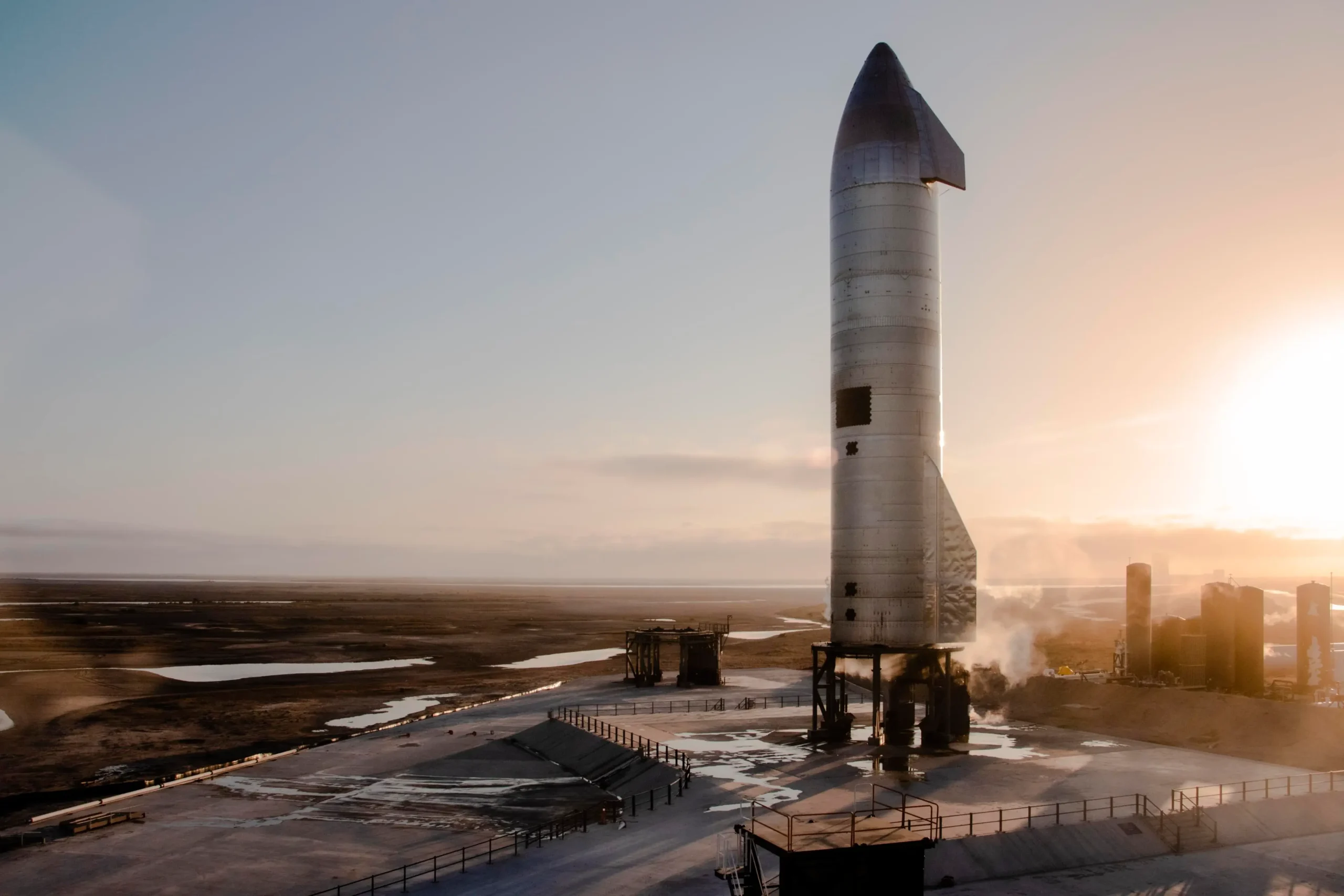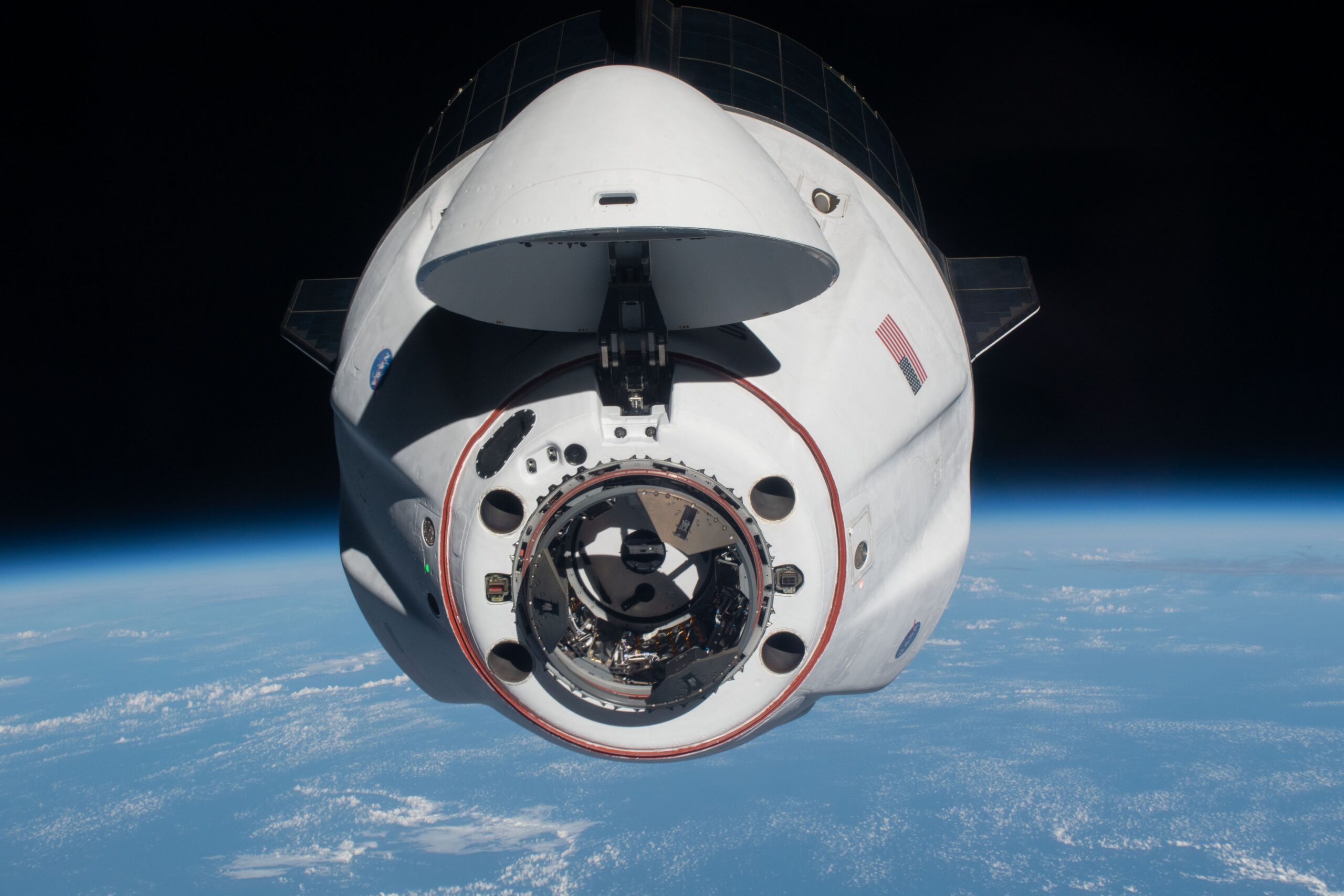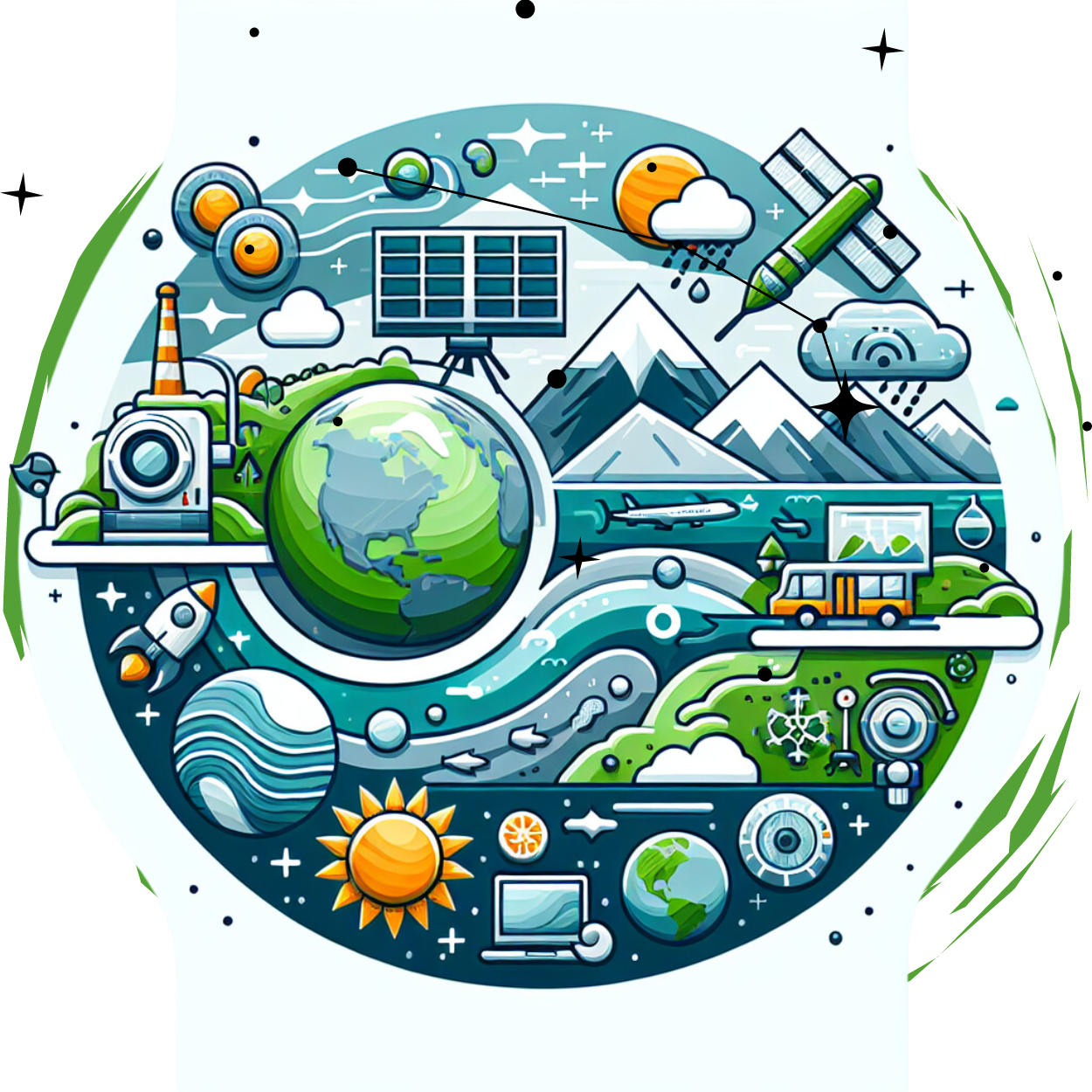
SpaceX continues to push the boundaries of space exploration with their latest mission, which stands out as their most ambitious launch yet. This article delves into the key details and expectations surrounding this groundbreaking mission, shedding light on what makes it a pivotal moment in SpaceX’s journey and its potential impact on the future of space travel.
Overview of SpaceX’s Latest Mission
SpaceX, founded by Elon Musk, has a history of redefining space travel with innovations such as reusable rockets and cost-effective space missions. Their latest mission is no exception, as it promises to be a game-changer in terms of scale, technology, and objectives. Scheduled for launch in the coming months, this mission aims to achieve several groundbreaking milestones that could significantly advance space exploration.
Key Objectives of the Mission
- Expanding Human Presence in Space: The primary goal of this mission is to establish a more permanent human presence beyond Earth. SpaceX plans to leverage this launch to test new technologies and systems that will be crucial for long-term habitation in space.
- Advanced Rocket Technology: The mission will feature the latest advancements in rocket technology, including enhanced propulsion systems and more efficient fuel usage. These improvements are designed to reduce the cost of space travel and increase the reliability of future missions.
- International Collaboration: This mission will also involve collaboration with international space agencies and private partners. Such partnerships are crucial for pooling resources, expertise, and technologies to achieve shared goals in space exploration.
Technological Innovations
SpaceX’s latest mission incorporates several technological advancements that set it apart from previous launches. Here are some of the standout innovations:
1. Super Heavy Rocket Boosters
The mission will utilize SpaceX’s Super Heavy rocket boosters, which are designed to lift heavier payloads into orbit than ever before. This capability is essential for future missions that aim to carry large amounts of equipment and supplies to space.
2. Starship System
At the heart of this mission is the Starship spacecraft, which represents a significant leap in space vehicle design. Starship is intended to be a fully reusable spacecraft capable of carrying up to 100 passengers, making it a key component for future Mars colonization plans.
3. Advanced Reusability

SpaceX continues to refine its reusable rocket technology. The mission will feature advanced reusability strategies, including the recovery and refurbishment of rocket stages, which will further reduce the cost of access to space.
The Mission’s Impact on Space Exploration
1. Cost Reduction
One of the most significant impacts of this mission will be its potential to drastically reduce the cost of space travel. By advancing reusable rocket technology and increasing payload capacities, SpaceX aims to make space more accessible for both government and private entities.
2. Inspiration for Future Missions
The success of this mission could serve as a catalyst for future space exploration endeavors. It will provide valuable data and experience that could inform the planning and execution of subsequent missions, including potential manned missions to Mars.
3. Economic Opportunities
The mission is expected to open up new economic opportunities in the space industry. From satellite deployments to space tourism, the advancements made during this mission could lead to new business ventures and economic growth in the space sector.
Challenges and Risks
While the mission is set to be a monumental achievement, it is not without its challenges and risks. Space travel is inherently risky, and SpaceX must navigate various technical, logistical, and environmental obstacles. Some of the primary concerns include:
- Technical Failures: Despite extensive testing, there is always a risk of technical malfunctions. SpaceX must ensure that all systems function correctly to avoid mission failure.
- Environmental Conditions: Space missions must contend with harsh environmental conditions, including extreme temperatures and radiation. The mission’s success depends on the spacecraft’s ability to withstand these conditions.
- Regulatory Hurdles: SpaceX must also navigate regulatory requirements and obtain necessary approvals from space agencies and governments, which can be a time-consuming and complex process.
Conclusion
SpaceX’s latest mission represents a significant leap forward in space exploration and technology. With its ambitious goals, cutting-edge technologies, and potential for profound impact on the future of space travel, this mission is poised to capture the imagination of space enthusiasts and professionals alike. As SpaceX continues to push the boundaries of what is possible, the outcomes of this mission will likely shape the future of human space exploration for years to come.
In summary, SpaceX’s most ambitious launch yet is not just a technical feat but a bold step towards expanding humanity’s presence in space. With its focus on advanced technology, international collaboration, and cost reduction, this mission is set to be a landmark event in the history of space exploration.

